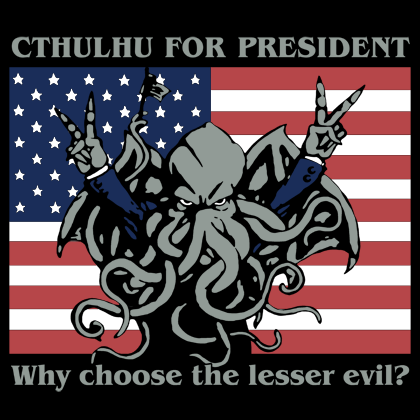I thought about it lately and have come to the conclusion that there was another difference between the new school and the old school.
Basically there are three types of situations :
Case 1 (referred to as 'precedence of chaos') : the dices interpret the scene;
Case 2 (referred to as 'precedence of characters') : the scene interpret the dices;
Case 3 (referred to as 'roll playing') : there is no interpretation beyond mere numbers.
Let me explain this concept : it is simply the issue of what came before. Is it the dice roll, or the description of the action ? Or more simply, who describes the action / attempt? The players or the master?
For example, when a character tries to disarm his foe, it is clearly case 1, whereas if following a lucky shot, the character makes the monster retreat into a precipice (or when you make a reaction /morale roll), it is rather the case 2. When a character inflict 5 damage points to the monster, this is case 3.
It is obvious that the three types of dice rolls should be present in a game (or in the rules of a role-playing game): case 1 to ensure that players' creativity and control can express themselves, case 2 so that unexpected and referee's creativity can spice up the game, and case 3 to highlight the other cases.
But things are a little obscure when we look at the games of the new school : 'precedence of chaos' becomes 'precedence of history' and 'precedence of characters' becomes 'precedence of rules'. Indeed, codifying actions of the characters means giving free rein to comparative and therefore to
umbers-based desicions (or metagame). The choice is stolen to players by the rules. Similarly, scenario and rules steal the freedom of the dungeon master. Rules impose their tyranny by curbing players as much as referees.
In conclusion, choose chaos rather than rules !

Aucun commentaire:
Enregistrer un commentaire